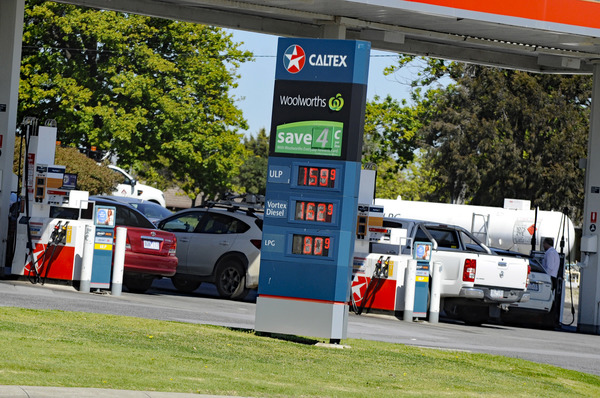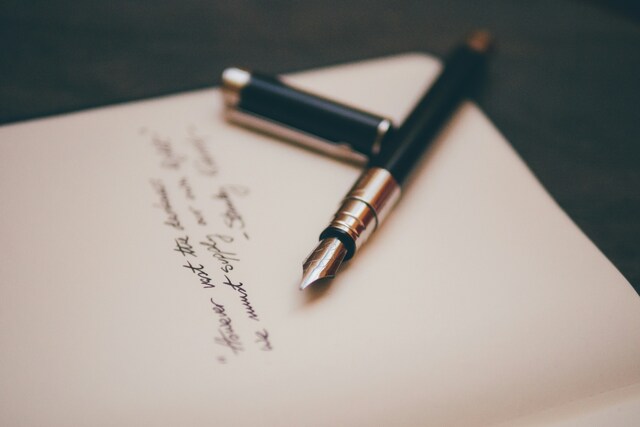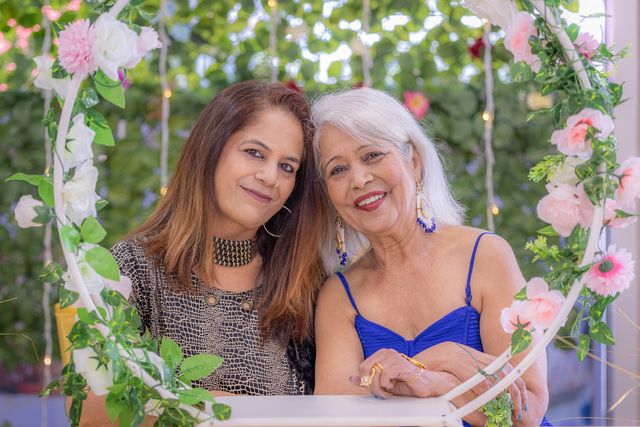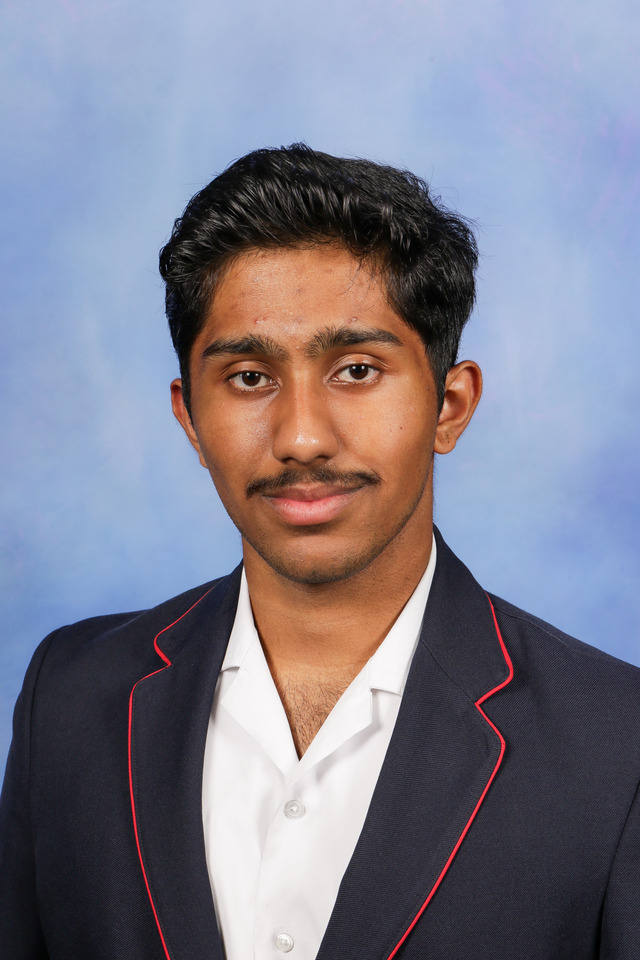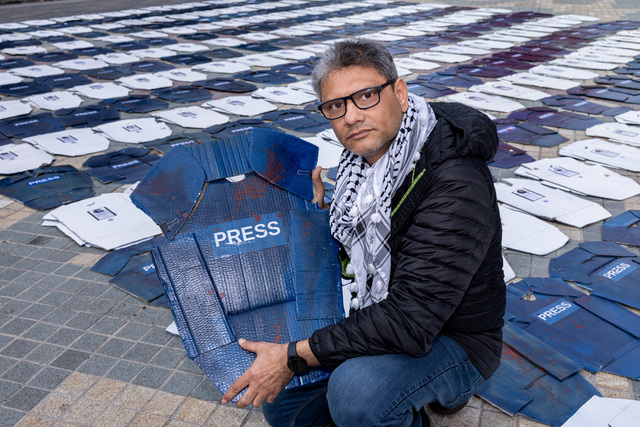The average household is spending about $250 a month on petrol which is up around $30 in the past six months, a chef economist says.
According to CommSec chief economist Craig James motorists should get used to paying $1.50-$1.70 a litre for fuel.
Filling up the car with petrol was the “single biggest” weekly purchase for most families which were “bad news for cafes, restaurants and fast food outlets,” said a weekly insights note from Mr James issued on 19 October.
“A higher petrol price has the potential to trim spending on discretionary or non-essential items.
“Overall, conditions in the global oil market suggest that prices are peaking,” the note said.
Drivers filling up at BP on Hallam Road in Hampton Park on Monday 22 October were slugged $165.9c a litre for unleaded fuel, while the average price in Cranbourne was a $147.9c a litre. The cheapest was $143.9c a litre at Cranbourne South General Store on Pearcedale Road.
According to the Australian Institute of Petroleum, the national average price of unleaded petrol rose in the past week by 1.8 cents to 157.6 cents a litre – the highest level in more than four and half years.
Cranbourne Information and Support Service executive officer Leanne Petrides said many people were feeling the pinch at the bowser.
“We see many people who are coming in for petrol and public transport assistance,” she said.
“The southern suburbs of Casey, including Cranbourne, Clyde and the coastal villages are geographically disadvantaged, and people are almost forced to be reliant on cars as their primary mode of transport.
“People have to travel for health appointments, work, and to get their children to school, and for those on a low income with more than 50 per cent already being used to pay for housing, a hike in petrol prices is always bad news,” Ms Petrides added.
CommSec says the wholesale petrol price was currently around 147 cents a litre with diesel around 153 cents.
“A margin of 10-12 cents has to be added to obtain the retail prices. So motorists can currently expect to pay at least $1.57-1.60 a litre for petrol, abstracting from ‘discounting cycles’.”
The weekly insight added the other “piece of the puzzle” for motorists was the Aussie dollar: “If US interest rates continue to rise, this would point to a weaker Aussie dollar and the potential for higher local petrol prices.”
“The bottom line is that motorists need to watch the petrol cycle closely and use apps to find the cheapest places to fill up,” it added.
The RACV website listed Melbourne’s average unleaded fuel price on Monday 22 October as 158.6c a litre. The lowest recorded price was $137.5c a litre, while the highest was $169.9c a litre.

